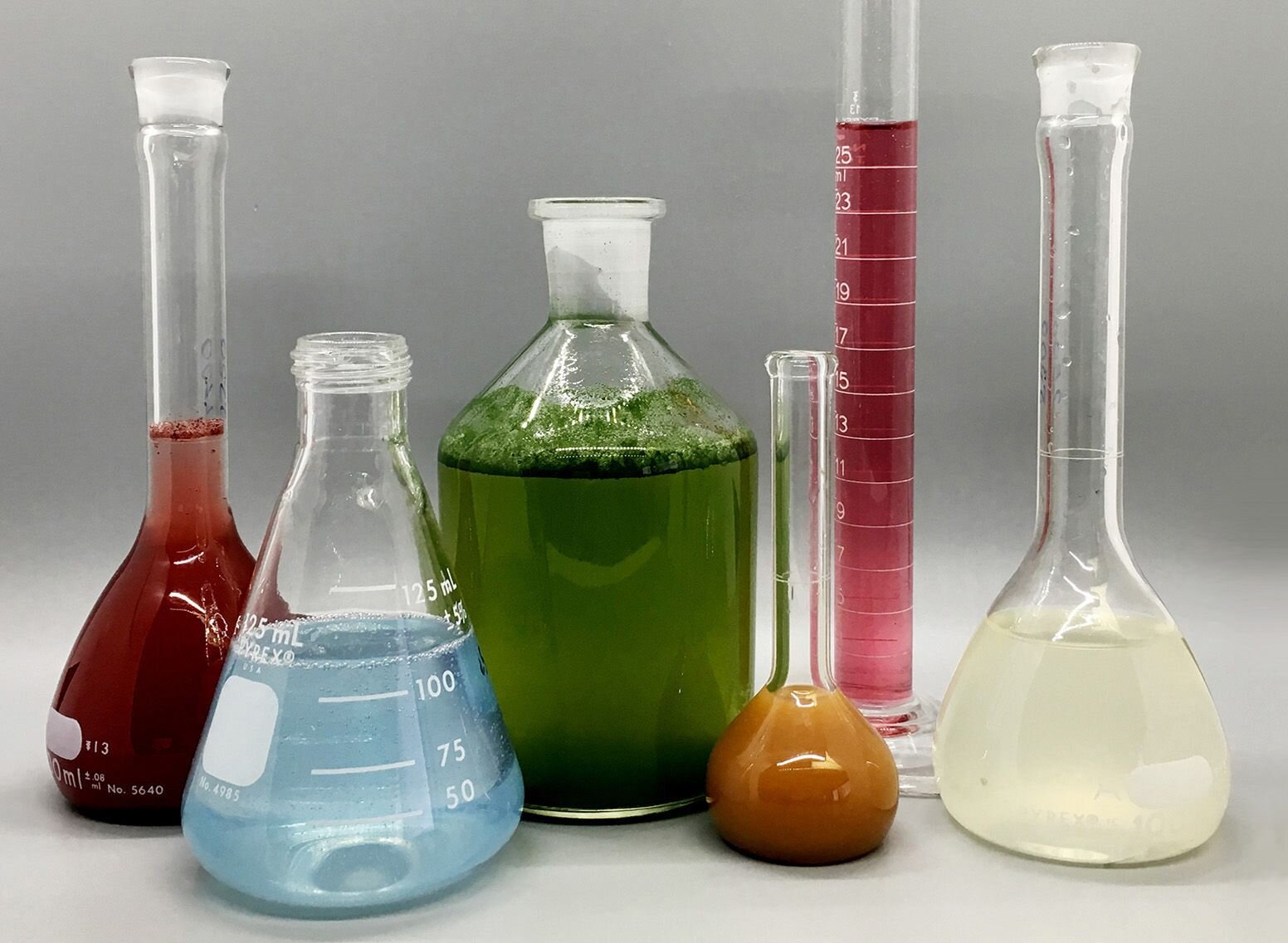The 8-Second Trick For Olis Clarity
Wiki Article
The 25-Second Trick For Olis Clarity
Whichever wavelength selector is made use of in the spectrophotometer, the light then passes through a sample. For all analyses, determining a recommendation sample, usually referred to as the "empty sample", such as a cuvette loaded with a comparable solvent utilized to prepare the example, is vital. If a liquid buffered service containing the sample is made use of for dimensions, then the liquid buffered service without the compound of interest is utilized as the reference.

The recommendation sample signal is then later used automatically by the tool to assist obtain the true absorbance worths of the analytes (http://dugoutmugs01.unblog.fr/?p=3120). It is vital to be knowledgeable about the products and problems made use of in UVVis spectroscopy experiments - circularly polarized luminescence. As an example, most of plastic cuvettes are improper for UV absorption studies due to the fact that plastic normally absorbs UV light.
As a result, quartz example holders are required for UV exam since quartz is clear to the majority of UV light. Air might additionally be taken a filter since wavelengths of light shorter than about 200 nm are taken in by molecular oxygen airborne. A special and extra costly arrangement is required for dimensions with wavelengths much shorter than 200 nm, normally involving an optical system loaded with pure argon gas.
All about Olis Clarity
After the light has passed through the sample, a detector is made use of to transform the light into a legible digital signal. A photoelectric layer expels negatively charged electrons when exposed to light.
The fraction I split by Io is likewise called transmittance (T), which expresses just how much light has passed with a sample. Beer, Lambert's law is frequently used to acquire the concentration of the sample (c) after measuring the absorbance (A) when the molar absorptivity () and the course length (L) are recognized.
The term optical density (OD) is sometimes inaccurately made use of interchangeably with absorbance. OD and absorbance both gauge the amount of light strength shed in an optical part, however OD considers loss from light spreading whereas absorbance does not. If extremely little light scattering exists in a dimension, then OD might be estimated directly using absorbance and Beer, Lambert's regulation may be used.
An Unbiased View of Olis Clarity
Cuvettes designed for a 1 cm path size are typical and are most usual. Often, really little sample is available for examination and shorter course lengths as small as 1 mm are necessary. https://moz.com/community/q/user/olisclarity1. Where quantitation is required, absorbance values should be kept listed below 1, within the dynamic series of the instrument
With such little light getting to the detector, some UVVis spectrophotometers are not sensitive sufficient to quantify tiny amounts of light accurately. Two straightforward possible solutions to this issue are to either dilute the example or decrease the path size. As discussed over, recording a standard spectrum using a "blank" reference service is vital.
In a genuine scenario, nevertheless, the standard range will typically have some really small positive and unfavorable absorbance worths. For ideal practice, these little absorbance worths are frequently immediately deducted from the example absorbance values for every wavelength of light by the software to acquire the real absorbance values. 1Depending on the objective of the analysis, the building of a calibration curve might be desirable.
3 Simple Techniques For Olis Clarity

Level of sensitivity is the capacity to distinguish between the small distinctions in the example focus. Recognizing the worths beforehand, if available, can assist to determine the concentrations of the examples called for, especially where samples are limited or expensive.
When repeating the exam of an example, in basic, a best site minimum of 3 duplicate trials is usual, however a lot more reproduces are needed in certain areas of work (https://www.pageorama.com/?p=olisclarity1). A computed amount, such as the focus of an unknown sample, is generally reported as an average with a common discrepancy. Reproducible outcomes are vital to guarantee precise, excellent quality dimensions
A reduced inconsistency or variant indicates a greater degree of precision and dependability. The method is nondestructive, allowing the sample to be reused or continue to further processing or evaluations.
The smart Trick of Olis Clarity That Nobody is Talking About
1 Light spreading - Light spreading is typically triggered by put on hold solids in liquid samples, which might trigger significant dimension mistakes. The presence of bubbles in the cuvette or example will spread light, resulting in irreproducible outcomes. Interference from several absorbing species - An example may, for example, have numerous sorts of the eco-friendly pigment chlorophyll.
For an appropriate quantitative evaluation, each chemical species need to be separated from the example and analyzed independently. Geometrical factors to consider - Misaligned positioning of any kind of one of the instrument's components, specifically the cuvette holding the sample, might generate irreproducible and imprecise outcomes. As a result, it is necessary that every component in the tool is lined up in the same orientation and is placed in the very same setting for every single dimension.
UVVis has found itself put on numerous usages and circumstances including but not limited to: Promptly confirming the pureness and concentration of RNA and DNA is one especially widespread application. circularly polarized luminescence. A summary of the wavelengths utilized in their analysis and what they suggest are provided in Table 1. When preparing DNA or RNA samples, as an example for downstream applications such as sequencing, it is commonly crucial to confirm that there is no contamination of one with the various other, or with protein or chemicals brought over from the isolation process
Report this wiki page